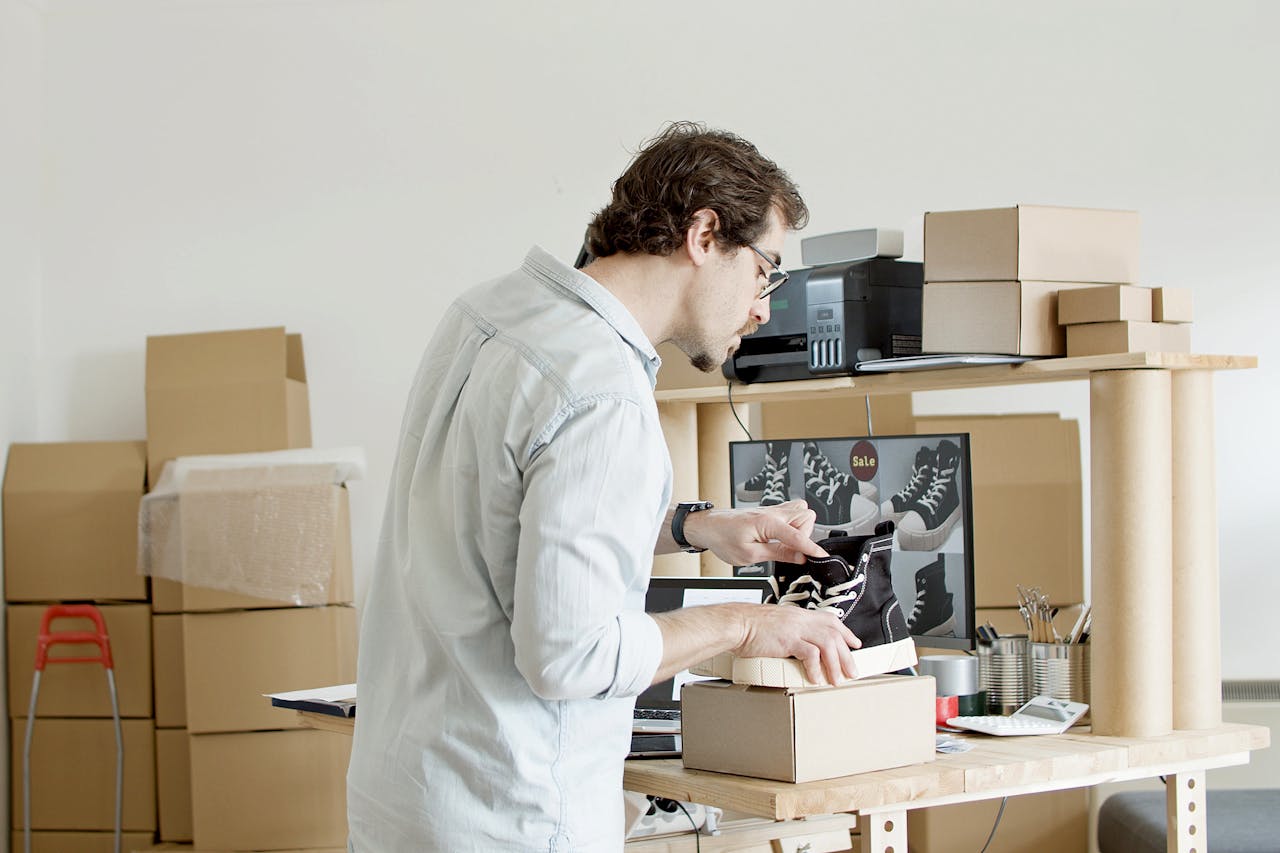

Time is the most valuable resource in the world today — and it always has been. Whether you are an entrepreneur running your own business or an employee navigating your daily tasks, finding ways to increase efficiency can make a big difference to your workday and long-term success.
Being efficient doesn’t only mean you’re getting things done faster. It’s about delegating your own time, concentrating on what will yield the most meaningful results in your day, as well as being quick about it.
Poor time management and wasted efforts drain motivation and cause unnecessary frustrations. The good news is that with a little awareness and the right strategies, you can improve your work efficiency and make every workday count.
Why Workplace Efficiency Matters
Workplace efficiency is about more than just completing tasks. It’s about working smarter and minimizing distractions. On average, employees spend only about 60% of their workday on productive tasks. The rest of the time is spent on non-productive activities, such as emails or social media. This productivity gap is a glaring indication that there is room for improvement.
When you streamline your processes, you complete tasks more efficiently and with greater focus. This gives you more free time, less stress, and ultimately, better quality of work.
Additionally, as efficiency improves, so does job satisfaction. Knowing you’re using your time wisely reduces stress and enhances your sense of purpose and accomplishment.
Moreover, efficient work habits lead to long-term success. As you develop a routine that values time management, you create a cycle of continuous improvement. Your personal development and career progression become intertwined with a strong foundation of discipline and innovative strategies.
Time Wasting Habits
The first step in making every workday count is to identify what holds you back from being more efficient. Time-wasting habits can often go unnoticed, but once identified, they can be addressed and corrected.
- Procrastination: It’s easy to put off complicated or tedious tasks, but this only increases stress and pressure later. Procrastination often leads to last-minute scrambling and lower-quality work.
- Multitasking: Contrary to popular belief, multitasking can reduce productivity. Switching between tasks can reduce cognitive efficiency by up to 40%. That’s big. Focusing on one task at a time allows you to work more effectively and produce better results.
- Lack of Prioritization: Without a clear sense of what’s essential, you may waste time on low-priority tasks that don’t move you towards your bigger goals. Prioritizing tasks ensures your energy is spent where it matters most.
- Constantly Checking Email or Social Media: It’s easy to check emails and social media every few minutes. These distractions break your focus and eat up valuable time.
- Disorganization: Clutter, whether physical or digital, can reduce your ability to focus. Searching for files, emails, or documents can waste time and add unnecessary stress to your day.
To optimize your workday, take some time to reflect on your habits. Identify the causes of inefficiency and take the necessary steps to minimize these distractions. If necessary, try deleting social media apps from your phone for a few days and see how it affects your productivity. You’d be surprised how much time you can win back by removing a few small things from your life.
Strategies to Make Every Workday Count
Now that we’ve discussed why efficiency matters and identified common pitfalls, let’s look at strategies to make your workdays more productive and meaningful.
1. Set Clear Goals for the Day
Start each day by outlining your top priorities. Knowing exactly what you need to achieve helps you stay on track and focused. This can be done with a simple to-do list or through a digital scheduling tool like Calendar, which can help you visualize your day and track your progress. Setting clear goals prevents you from getting sidetracked and ensures you’re working toward meaningful outcomes.
2. Use Time Blocks to Stay Focused
Time blocking is a highly effective method for increasing productivity. Instead of constantly switching between tasks, allocate specific blocks of time for different activities. For example, you could dedicate an hour in the morning to focused work, followed by a 15-minute break, and then another task. In creating these structured blocks of time, you’ll inevitably reduce the temptation to multitask.
Incorporating tools like Google Calendar or Microsoft Calendar into your workflow can help you visualize your time and stay committed to your time blocks. These tools allow you to set reminders and make adjustments as needed.
3. Prioritize Your Tasks
Not all tasks are created equal. Some activities are critical to achieving your goals, while others may be less important. The Eisenhower Matrix is a well-established time management tool that helps you prioritize tasks based on their urgency and importance. It enables you to distinguish between functions that are:
- Important (but not urgent)
- Urgent (but not important)
- Both important and urgent
- Neither important nor urgent
This way, you focus on what truly matters.
4. Limit Distractions
Distractions are the arch-enemy of efficiency.
Whether it’s a ringing phone, a noisy environment, or endless notifications, distractions can cause you to lose focus and waste valuable time. To counteract this, create a designated workspace that is free from unnecessary interruptions.
Use apps to restrict websites and mute notifications during critical work periods. Managing your digital distractions can greatly impact the quality of your work and the time you spend on it.
5. Automate Repetitive Tasks
Automation is a game-changer that increases work efficiency. There are numerous tools available to automate repetitive tasks, including setting up automatic reminders, email filters, and scheduling software. Letting tools like Calendar manage your meetings or send reminders can free up time to focus on more critical tasks. These tools can even help you stay organized by syncing appointments and reminders across your team.
6. Take Breaks to Recharge
It may seem counterintuitive, but taking regular breaks actually increases efficiency. Taking short breaks here and there can help clear your mind and increase productivity. Even if it’s something as short as a 5-minute walk, breaks give your brain a chance to reset and come back to work with renewed energy.
Using tools like Pomodoro timers can help you structure your workday by focusing for 25 minutes at a time and then taking a 5-minute break.
7. End the Day with Reflection
At the end of each workday, take a few minutes to reflect on what you achieved and what you can improve for the next day. Tracking your progress will help you realize where you’re succeeding and where you need to adjust your strategies. This reflection not only enables you to learn from each day but also ensures your workdays become more efficient.
Scheduling Tools and Efficiency
Scheduling tools are key to efficiency. Calendar apps, such as Calendar, Google Calendar, and Microsoft Calendar, help you stay organized and visualize your daily schedule. These tools eliminate manual tracking and reduce the chance of forgetting important tasks or meetings.
With any of these tools, you can plan your day more effectively and ensure you allocate time to high-priority activities. They also allow you to collaborate with your team, making team scheduling much easier.
How Will You Make Your Workflow More Efficient?
Efficiency is not a one-size-fits-all solution. It’s about finding what works for you and committing to continuous improvement.
If you eliminate time-wasting habits and use a calendar to optimize your daily schedule, you can make every workday count. When you focus on efficiency, you not only increase your productivity but also enhance your job satisfaction and set yourself up for long-term success.
So, start making small changes today and watch your workdays become more productive and meaningful.
Featured Image Credit: Photo by Kampus Production; Pexels
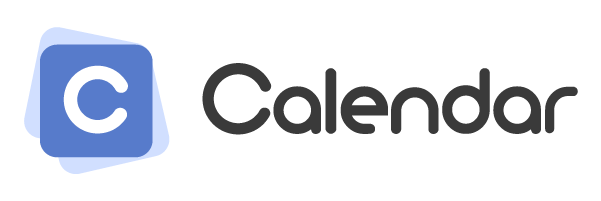
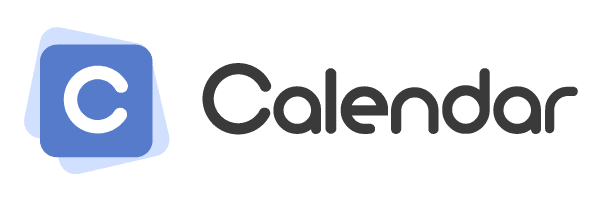
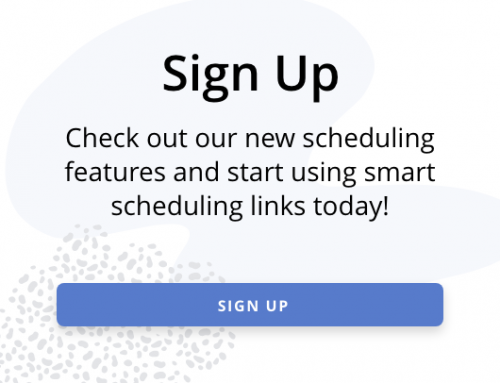



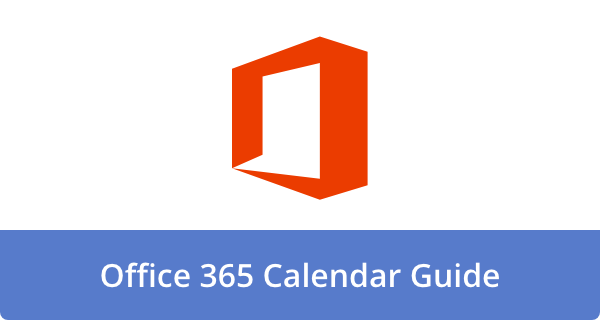
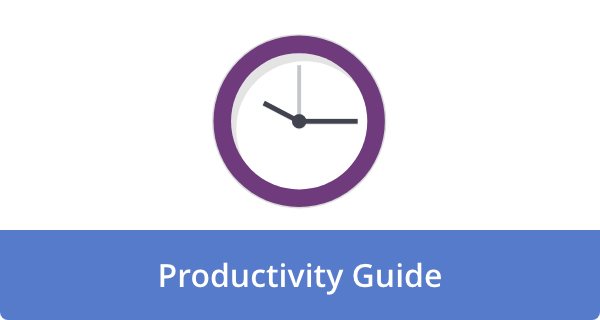
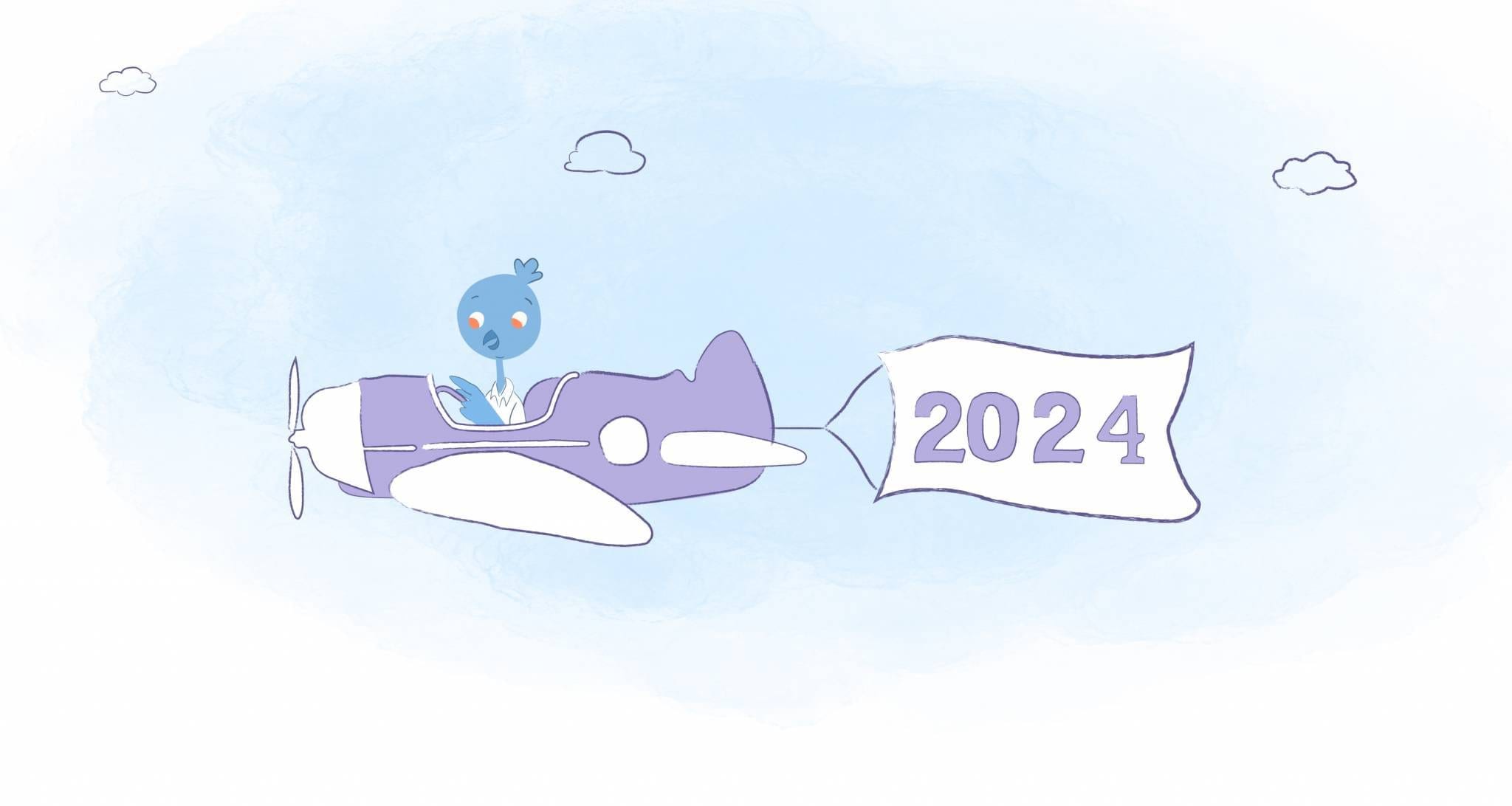

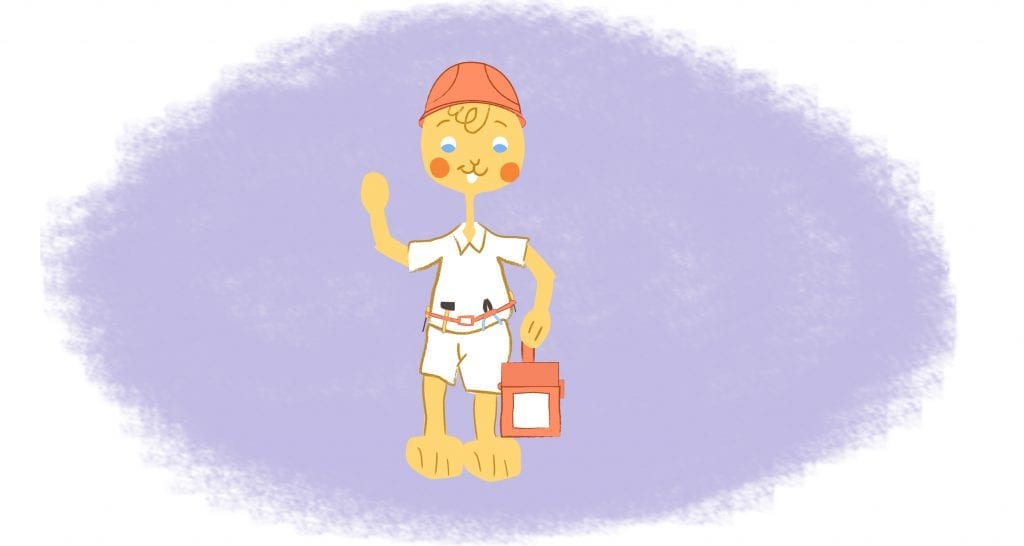
Angela Ruth
My name is Angela Ruth. I aim to help you learn how Calendar can help you manage your time, boost your productivity, and spend your days working on things that matter, both personally and professionally. Here's to improving all your calendars and becoming the person you are destined to become!